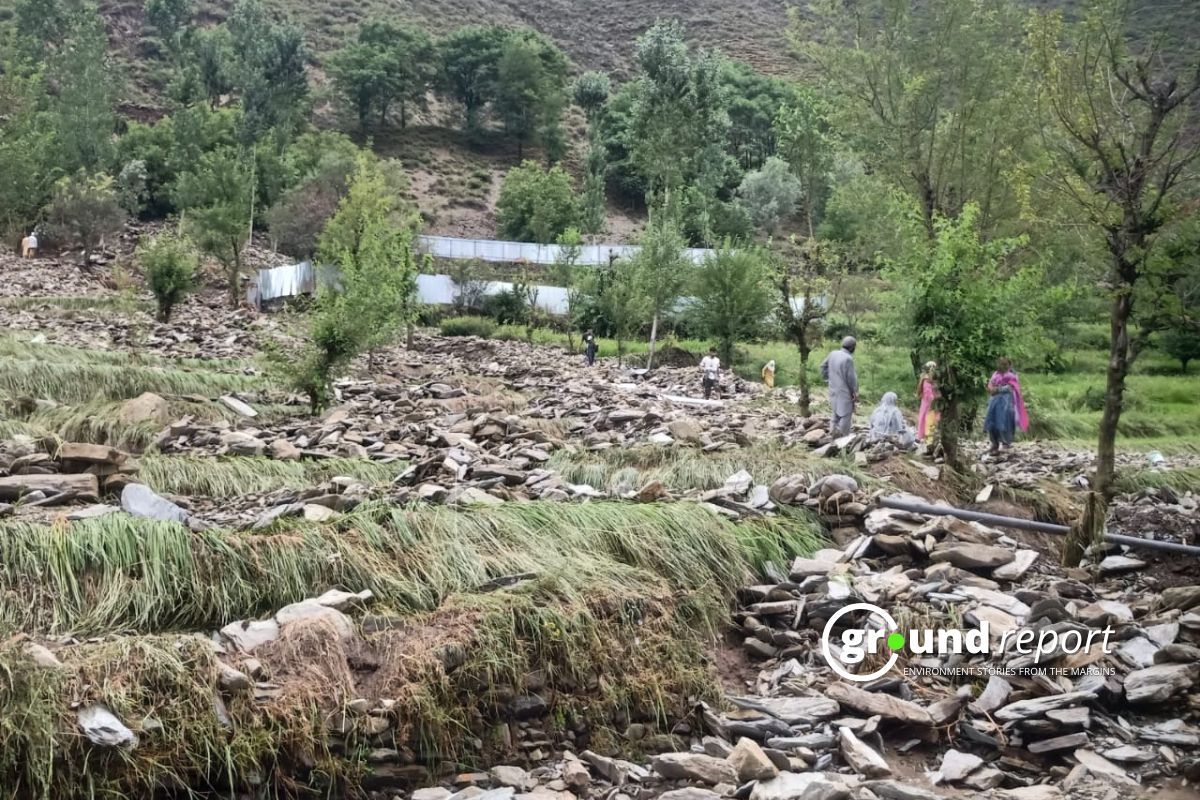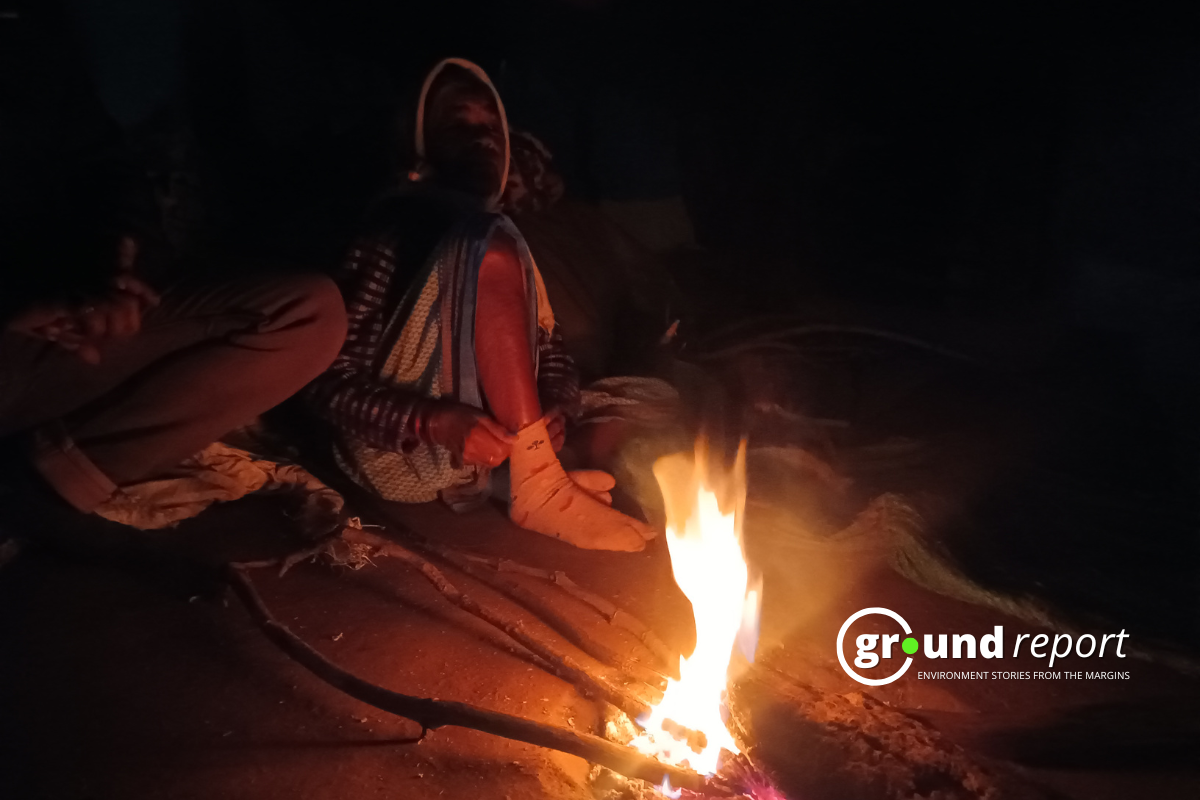Emissions from biomass burning, rather than fireworks, drive Delhi’s poor air quality in the days after Diwali, according to a new study. The study, Chemical specification and distribution of ambient PM2.5 sources in New Delhi before, during and after Diwali fireworks, was led by scientists at IIT-Delhi and published in the journal Atmospheric Pollution Research.
The research was partially funded by the Union Ministry of Education and IIT-Delhi and conducted in collaboration with IIT-Kanpur, and PRL-Ahmedabad.
According to the research titled ‘Chemical speciation and source apportionment of ambient PM2.5’ published in the journal Atmospheric Pollution Research, the effect of firecrackers subsides about 12 hours after Diwali, while smog caused by burning stubble and other biomass lingers over Delhi NCR for the next few weeks.
Due to firecrackers, amount of metal in PM 2.5 increased by 1,100%
However, the researchers also reported that the amount of metal in PM 2.5 levels increased by 1,100 per cent during this period, of which fireworks were responsible for 95 per cent. According to the research, at the time of Diwali, where the level of PM 2.5 had increased up to 16 times compared to before. At the same time, the level of metallic elements present in PM 2.5 increased by 46.1 and organic matter by 3.7, while the black carbon content increased by 5.6 times.
The researchers found that the metal content in PM2.5 levels increased by 1,100%, with the fireworks alone accounting for 95% of the metal PM2.5 during Diwali. “However, the impact of fireworks plummets about 12 hours after Diwali,” reveals Chirag Manchanda, lead author of this study.
Researchers have found that emissions related to biomass burning increase sharply in the days after Diwali, with average levels nearly increasing by ~2 compared to the pre-Diwali concentration. In addition, source sharing results for organic PM2.5 indicate a significant increase in primary and secondary organic pollutants in the days after Diwali, suggesting a role for emissions related to biomass burning in the increase. of primary organic emissions and, in turn, its aged products after the Diwali festival.
“Both stubble burning and the region’s increased heating requirements in winters drive biomass burning activity,” adds Professor Vikram Singh, Department of Chemical Engineering, IIT Delhi, who was one of the researchers.
Therefore, the study concludes that emissions from biomass burning rather than fireworks cause poor air quality in Delhi during the days after Diwali.
“The result of this study provides crucial insights into a long-standing issue of debate and concern among air quality experts and policymakers committed to alleviating extreme air pollution events in the capital of Delhi after Diwali,” said lead researcher Professor Mayank Kumar, Department of Mechanical Engineering, IIT Delhi.
What is Biomass
Biomass is a type of renewable energy in which organic matter is used as an energy source. This organic matter is originated in a biological process, spontaneous or provoked.
Biomass energy ultimately comes from the sun. Through photosynthesis, the plant kingdom absorbs and stores part of the solar energy that reaches the earth. Plant cells use solar radiation to form organic substances from simple substances and CO 2 present in the air. The animal kingdom incorporates, transforms and modifies this energy. In this process of transforming organic matter, by-products are generated that have no value for the nutritional chain or are not used for the manufacture of market products but can be used as fuel in different energy uses.
Biomass is therefore organic matter used as an energy source. Due to its broad definition, biomass encompasses a wide range of organic materials that are characterized by their heterogeneity, both by their origin and by their nature.
In the energy context, biomass can be considered as organic matter originating from a biological process, spontaneous or provoked, usable as an energy source. These biomass resources can be generally grouped into agricultural and forestry. Biomass is also considered the organic matter of wastewater and sewage sludge, as well as the organic fraction of solid urban waste (FORSU), and other waste derived from industries.
Support us to keep independent environmental journalism alive in India.
Keep Reading
MP farmers battle stray animals, sleepless nights to protect crops
Indore’s Pipliyahana Lake struggles to survive, even after conservation measures
Costliest water from Narmada is putting financial burden on Indore
Changing weather pattern impacts soybean crops in Dewas region of MP
Follow Ground Report on X, Instagram and Facebook for environmental and underreported stories from the margins. Give us feedback on our email id greport2018@gmail.com.
Don’t forget to Subscribe to our weekly newsletter, Join our community on WhatsApp, Follow our Youtube Channel for video stories.









